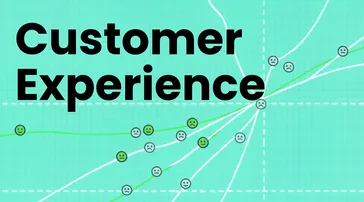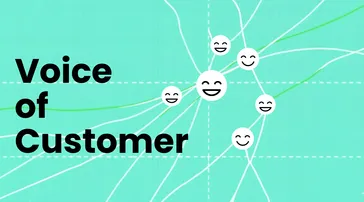4 min read

In today’s business landscape, the ability to calculate Net Promoter Score (NPS) has become one of the most reliable ways to measure customer satisfaction and loyalty. NPS is not just a metric—it’s a clear indicator of how likely customers are to recommend your product, service, or brand. By learning how to calculate NPS effectively, companies gain actionable insights that improve customer experience, strengthen relationships, and drive business growth.
What is Net Promoter Score (NPS)?
The Net Promoter Score (NPS) is based on a single, straightforward survey question:
“On a scale of 0 to 10, how likely are you to recommend our product, service, or company to a friend or colleague?”
Based on responses, customers are divided into three groups:
- Promoters (9–10): Loyal enthusiasts who recommend your brand and fuel growth.
- Passives (7–8): Satisfied but unenthusiastic customers who are vulnerable to competitors.
- Detractors (0–6): Dissatisfied customers who may discourage others from engaging with your brand.
By categorizing feedback this way, businesses gain clear insights into satisfaction, loyalty, and opportunities for growth.
Why Calculate Net Promoter Score?
The primary purpose of calculating NPS is to provide an actionable measure of customer loyalty. Organizations use it to:
- Identify Customer Advocates
- Uncover Areas for Improvement
- Monitor Customer Loyalty Trends
- Benchmark Against Competitors with our Free NPS Benchmark Calculator
- Drive Customer-Centric Strategies
👉 Adding this simple calculation into your customer experience strategy ensures your business stays aligned with customer expectations and competitive trends.
Advantages of Using NPS
Implementing NPS provides several benefits:
1. Simplicity and Ease of Use
Unlike complex surveys, NPS is calculated using one straightforward question. This simplicity makes it easy for businesses to implement and for customers to respond quickly, improving response rates.
2. Customer-Focused Insights
NPS categorization (Promoters, Passives, Detractors) gives actionable insights. It highlights your strongest advocates while pointing out areas that need urgent attention.
3. Benchmarking and Competitive Analysis
Because NPS is widely adopted across industries, it allows companies to benchmark their scores against competitors. This competitive insight helps identify strengths, weaknesses, and market positioning.
👉 To simplify this process, try our Free NPS Benchmark Calculator and instantly see how your score compares with industry standards.
NPS Calculation Formula
The NPS calculation formula is simple and consists of two steps:
- Determine the percentages of Promoters, Passives, and Detractors in your survey responses.
- Subtract the percentage of Detractors from Promoters.
The result ranges from -100 to +100. A higher positive score means stronger customer loyalty, while a lower or negative score highlights dissatisfaction and areas needing improvement.
⚡ Note: Passives are not factored into the final calculation but still provide useful feedback.
By monitoring NPS regularly, businesses can track customer loyalty trends, measure improvement initiatives, and strengthen brand reputation.
Example Calculation
Imagine you surveyed 100 customers:
- 60 customers gave a score of 9 or 10 (Promoters)
- 20 customers gave a score of 7 or 8 (Passives)
- 20 customers gave a score of 0 to 6 (Detractors)
Step 1: Calculate percentages
- Promoters: 60%
- Detractors: 20%
Step 2: Apply the formula
- NPS = 60 - 20 = 40
Your Net Promoter Score is 40.
How Responsly Helps You Calculate Net Promoter Score
Responsly simplifies NPS tracking and takes the guesswork out of analysis. Here’s how:
- Automated NPS Surveys: Create and distribute NPS surveys across email, SMS, or website widgets.
- Real-Time Dashboards: Monitor results instantly and identify loyalty trends with interactive analytics.
- Segment Insights: Drill down into customer groups to understand key drivers of satisfaction or dissatisfaction.
- Customer Engagement Tools: Send follow-ups to Detractors or thank-you notes to Promoters, fostering stronger relationships.
With Responsly, businesses not only calculate NPS but also act on results, boosting satisfaction and loyalty over time.






